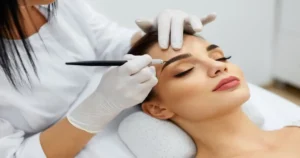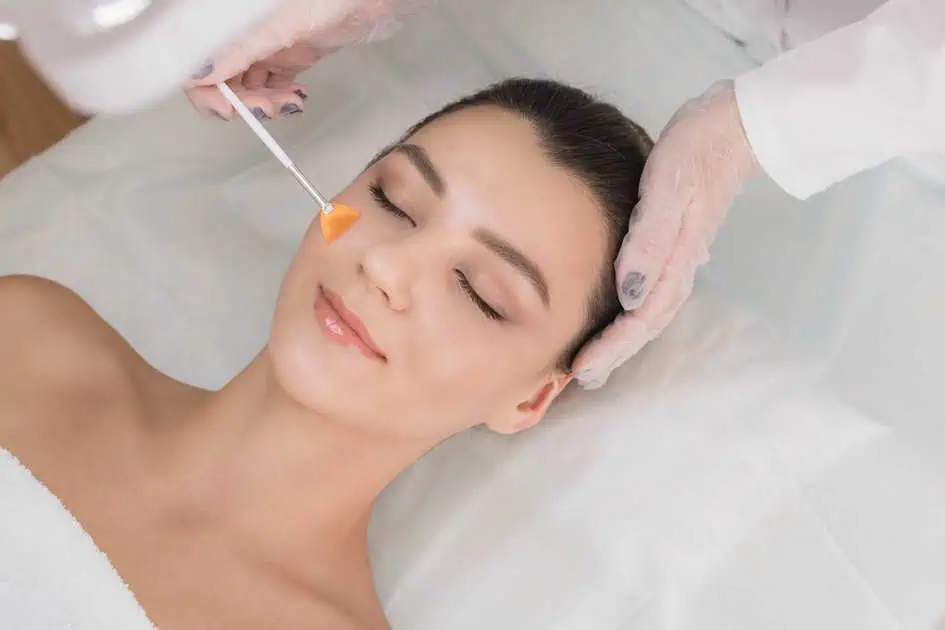Many grapple with hair loss, driving an intense quest for impactful remedies. Amidst the plethora of treatments, PRP hair restoration emerges prominently, catching the eyes of the beauty industry. Some champion it as a groundbreaking technique, asserting that PRP can halt hair loss and foster regrowth. But are these assertions credible? Does PRP (Platelet-Rich Plasma) truly address the enduring issue of hair thinning? “A Better Solution Wellness Clinic” is a guiding light for those navigating the vast wellness landscape. This article probes the science and effectiveness of PRP hair restoration, revealing if it matches its acclaim.
Understanding PRP and Its Components: A Comprehensive List-Post
Hair loss can be daunting, and with so many treatments, knowing what you’re getting into is essential. Among the leading methods today is PRP (Platelet-Rich Plasma) hair restoration. But what exactly is PRP, and what makes it unique? Let’s dive deep into its components and their significance:
- What is PRP? PRP stands for Platelet-Rich Plasma. It’s a concentration of platelets in plasma, which we obtain from the patient’s blood.
- Why Use the Patient’s Blood? Using one’s blood reduces the risk of allergic reactions or infections. It ensures that the treatment remains biocompatible and safe.
- Growth Factors Galore: PRP is rich in growth factors – proteins that play vital roles in healing and regeneration. These growth factors include PDGF, TGF-beta, and VEGF.
- The Centrifuge Process: We draw a small amount of the patient’s blood to prepare PRP. This blood undergoes centrifugation, separating it into various components. The result? A concentrated plasma rich in platelets, ready for use.
- What Makes PRP Beneficial for Hair? The growth factors in PRP stimulate hair follicles. They increase the blood supply to the strand, promoting thickness and growth. Furthermore, PRP can prolong the growth phase of the hair cycle, giving hair a better chance to thrive.
- It’s More Than Just Platelets: While platelets are essential, PRP contains white blood cells and stem cells. These components collectively work to improve hair health and counteract thinning.
- Why Not Just Blood? Regular blood comprises roughly 6% platelets. In contrast, PRP contains 94% platelets, amplifying its therapeutic potential. The concentration ensures that the scalp receives a potent dose of growth factors.
PRP stands out in the vast landscape of hair restoration methods due to its natural, patient-specific approach. By understanding its components and their functions, we can appreciate why many see PRP as a promising avenue for tackling hair loss.
The PRP Hair Restoration Process: A Step-by-Step Guide:
When considering PRP (Platelet-Rich Plasma) for hair restoration, it’s crucial to understand the process. From drawing the patient’s blood to the final injections, every step has its significance. Here’s a comprehensive guide to walking you through the PRP hair restoration journey:
- Initial Consultation: Before anything else, meet with a qualified practitioner. Discussing your concerns, medical history, and desired outcomes is essential to address your hair loss. Ensure to provide comprehensive information to recommend the appropriate treatment plan. This step ensures PRP is the right fit for your needs.
- Blood Drawing: A small amount of the patient’s blood is taken, typically from the arm. The amount drawn is similar to what’s needed for standard blood tests.
- Centrifugation: The Heart of PRP Preparation: After drawing blood, it is spun at high speeds in a centrifuge. This process separates blood into distinct layers: platelet-poor plasma, platelet-rich plasma, and red blood cells.
- Extracting the Gold: PRP Harvesting: The middle layer, rich in platelets, is carefully removed. This PRP solution will be used for the hair restoration treatment.
- Administering the PRP: The scalp is cleansed and, in some cases, numbed for comfort. Using a fine needle, the practitioner injects the PRP solution into scalp areas requiring treatment.
- Multiple Sessions for Maximum Benefit: While some patients notice improvement after one session, most require various treatments. Typically, sessions are spaced a month apart for the first few, followed by maintenance treatments every 3-6 months.
- Post-Treatment Care: Patients might experience mild soreness or swelling after the procedure. It’s advised to avoid harsh hair products and strenuous activities for a day or two.
- Monitor and Enjoy the Results: Watch your hair look fuller and healthier over the next few months. Results vary among individuals, so patience and consistent follow-up with your practitioner is vital.
Embarking on the PRP hair restoration journey is more than just receiving injections; it’s about understanding and trusting the process. With this guide, we hope you have a clear view of what to expect, ensuring an informed and positive experience.
How PRP Promotes Hair Growth: Breaking Down the Science
PRP (Platelet-Rich Plasma) has made waves in the hair restoration industry, but how exactly does it work? Why is this treatment gaining so much traction? Let’s delve into the specific ways PRP stimulates hair growth and the science behind its effectiveness:
- A Boost of Growth Factors: PRP is loaded with growth factors proteins that stimulate cellular growth and healing. These growth factors initiate hair follicle activity when applied to the scalp.
- Stimulating Dormant Hair Follicles: Hair loss often results from follicles becoming dormant. PRP reignites these sleeping follicles, prompting them to produce hair once more.
- Increasing Blood Flow to the Scalp: PRP enhances the blood supply to the hair follicle. Improved circulation gives hair more nutrients and oxygen, fostering healthier growth.
- Thickening Thinning Hair: Not only does PRP initiate growth, but it also increases hair shaft size. The result? Existing hair looks and feels fuller.
- Lengthening the Anagen Phase: The hair growth cycle consists of various phases, with anagen being the active growth stage. PRP can extend this phase, allowing hair to grow longer and reducing the resting or shedding phases.
- Reducing Hair Breakage: Hair becomes more resilient with healthier hair follicles and improved hair shaft thickness. This strength reduces breakage and hair loss from external stressors.
- Natural and Safe for Most Individuals: PRP comes from the patient’s blood, so the body recognizes and accepts it. The natural approach minimizes allergic reactions and complications.
- Combating DHT’s Effects: Dihydrotestosterone (DHT) contributes to hair loss. PRP might counteract the hair-thinning effects of DHT, although more research is needed in this area.
Consult a Professional
PRP offers a promising avenue for those battling hair loss by harnessing the body’s healing capabilities. As we uncover how it promotes hair growth, it becomes clear why this treatment captures industry and public attention. Always consult and seek treatment from a professional esthetician to find the best hair restoration option based on individual needs and conditions.
Takeaway
In the ever-evolving landscape of hair restoration, PRP emerges as a beacon of hope, harnessing the body’s natural healing properties. Understanding and trusting this innovative process is paramount for those eager to reclaim their crowning glory. At “A Better Solution Wellness Clinic,” we’re committed to guiding you on this transformative journey, ensuring personalized care at every step. If you’re ready to explore the potential of PRP and reignite your hair’s vitality, don’t wait another day. Contact us now, and let’s chart the path to a more confident you together.






